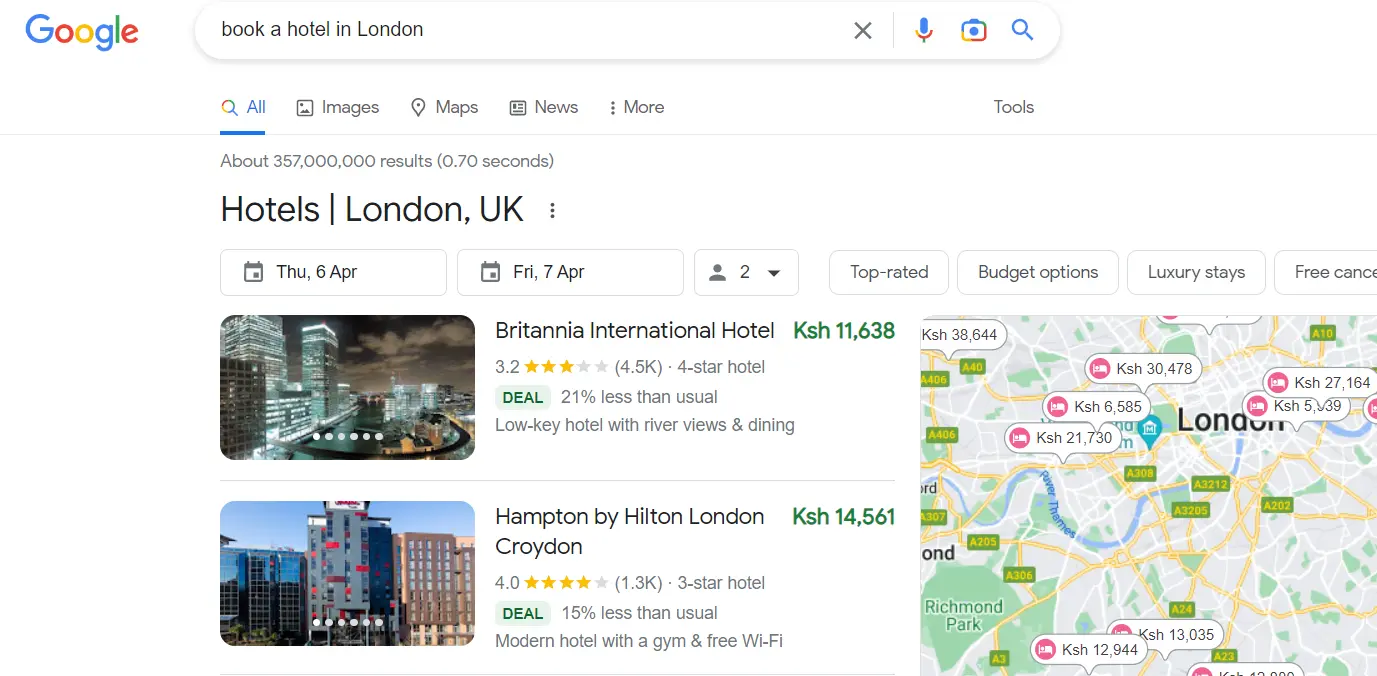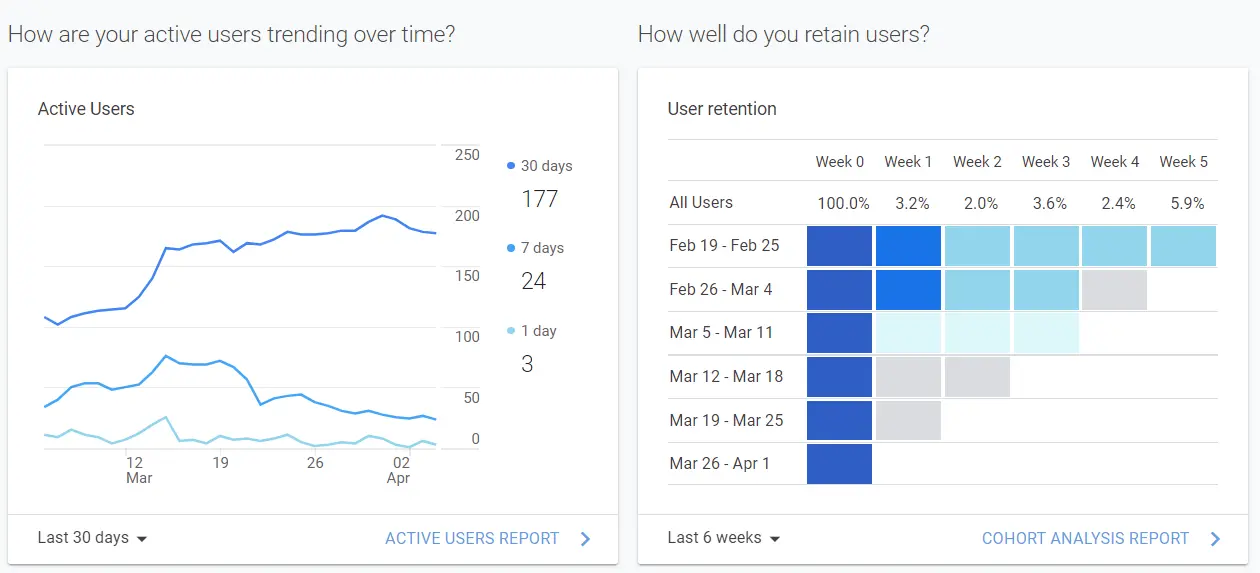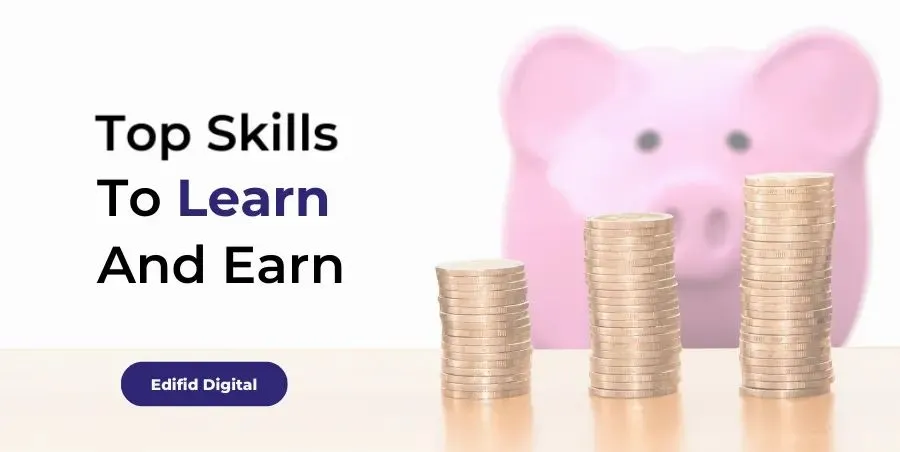Getting more traffic to your website is indeed important. But if your content does not meet your audience’s needs, they may not stick around, engage with your brand, or convert into paying customers. Luckily, this article contains search intent optimization best practices for 2023.

Disclosure: This content is reader-supported, which means if you click on some of our links, we may earn a commission, but the price on your end remains the same.
What is Search Intent?
Search intent (or user intent) optimization involves enhancing your website content to align with your audience’s needs. It’s about understanding the intention or purpose behind the search and providing relevant content that matches that intention, enhancing brand trust.
Optimizing your website content for search intent can improve the chances of your website appearing in the search results for a particular query and ultimately provide a better user experience for your website visitors. It also increases audience retention and engagement.
Search engines like Google aim to provide users with the most relevant and useful content based on their search intent. So, if your content matches the user’s intent, search engines are more likely to rank your website higher on SERPs, increasing your visibility and traffic.
Now, let’s get into the details:
Optimizing Content for Search Intent in 5 Steps
Search intent optimization has become increasingly important for businesses looking to improve online visibility and attract more relevant and converting website traffic.
Search engines constantly update their algorithms to understand user intent better. Consequently, creators must optimize content for their target audience’s needs and intentions. Doing so can increase your website’s SEO rankings and organic traffic from search and sales.
These steps include:
Step 1: Understand Types of Search Intent
To effectively optimize your content, you need to understand the different types of search intent. And there are four main types: informational, navigational, transactional, and commercial investigation. But I’ll add the fifth one – location-specific intent – later.
Each type requires different content to address the user’s needs; here’s a brief overview of each of these five categories with examples:
Informational Search Intent
It refers to when users key in terms or phrases on search engines while seeking answers to specific questions or information about a particular topic. In this case, users usually look for how-to guides, definitions, tutorials, or reviews – intending to understand something.
For example, someone typing online business ideas on Google may be looking for a list of business opportunities, how to select the most appropriate one, and what they need to start. These websites meet this intent, which is one reason they rank high on Google.

Other examples of search queries with information search intent include:
- What is digital marketing?
- How to write a blog post fast
- What is the fourth planet from the sun?
- What is affiliate marketing?
Navigational Search Intent
This is a type of intent where users search for a specific website or webpage. In other words, the user knows the name or URL of the website they want to visit, but they use a search engine to find it instead of typing the URL directly into their browser’s address bar.
For instance, instead of typing www.edifid.com directly into your browser and visiting my website, you may search for ‘about edifid digital.’ Similarly, users may search for “CNN news homepage” instead of typing “www.cnn.com” directly into their browser.

Navigational terms help users access a particular website quickly and easily without remembering the exact URL or navigating through several pages on search results.
You need to optimize your content for branded keywords or use PPC marketing campaigns on search engines to let your audience find relevant pages on your website.
Transactional Search Intent
Transactional intent refers to when users want to purchase something. In other words, the users have a goal in mind, which they intend to complete by purchasing something online. Such users are usually ready to take action and purchase or sign up for a service.
For instance, someone may search for buy dresses online if they are looking to purchase a new dress. Similarly, one may search for book a hotel in London when booking a hotel.

Therefore, your product and service pages should be optimized for transactional keywords to drive more relevant traffic to your website. You should discover what people need to make a purchase, and offer them, then have great customer service to turn visitors into customers.
Commercial Investigation Intent
This intent is common for users in the consideration phase of the buying process. They gather additional information about a particular product or service before buying. As a creator, you must provide this information and convince them how your product solves their problems.
For example, someone looking to hire an SEO company may search for the best SEO Companies in Kenya to find the most suitable one. Similarly, one may search for the best laptop for a vlogger if they are a content creator considering purchasing a laptop for work.

You should create content that meets the specific needs and expectations of users researching your company’s products and services. For instance, you can provide detailed information about your products, customer reviews, and comparison to other products in the industry.
Location-Specific Intent
This type of intent is when users seek specific information related to a particular location or geographical area. So, just to be clear, any of the four intents discussed above can fall under this category as long as the user narrows down the results to a specific location.
One may be looking for a specific business, service, or event in a particular city or country. For instance, someone in Nairobi (Kenya’s capital city) may type iPhone dealers in Nairobi to discover places to buy or trade-in phones or other Apple products like iPads and laptops.

So, if your company offers products in a specific location, optimizing your content for location-based search intent could bring you more online and in-store customers. Use location-specific terms, provide local business information, and use local SEO strategies.
Step 2: Identify and Analyze Keywords
Now that you understand the types of search intent, it’s time to identify and analyze keywords or search terms your target audience is using on the search. In addition to finding high-volume keywords in your niche, understand the search intent behind those keywords.
So, use tools like SEMrush, Ahref, and Google Keyword Planner to find content ideas for your website and categorize these ideas into each of the five types of search intent. For instance, the keyword how to write a blog post outline should fall under informational intent.

While writing a blog about this topic, you should include as much information as possible. Use the same tool to find keyword variation, questions, and related keywords to include in your article, and make it as informational as possible. And you will rank for more terms.

Also, head to Google or any other search engine, search for the term, and expand the “people also ask” section for more ideas about what your audience may be looking for.

And check the “related searches” at the bottom of the page for additional ideas.

Now, let’s learn how to optimize your content for search intent.
Step 3: Search Intent Optimization Practices
After understanding what your audience may want, it’s time to write and optimize your content to meet their intents or needs. Use headings, subheadings, and bullet points to enhance user experience on your website, making it easier for your visitors to find information.
Within your content, headings, and meta description, you should also use keywords you identified earlier naturally. That way, you can rank for those keywords and increase your website or webpage visibility and performance on search engines and organic traffic.
You should write your content with search intent in mind, as users may be looking for different types of content. For instance, while an informational search intent may require a blog post, a transactional search may need a well-optimized product or service page.
So, ensure you understand what each page on your website seeks to accomplish. And have various content types on your website to address different search intents. That way, you can establish your brand as an authority in the industry, build trust and loyalty, and increase sales.
Step 4: Monitor your Search Traffic
After optimizing your website content for search intent, you should continually monitor your website to understand how it performs on search. Use tools like Google Analytics to track your search traffic and identify patterns in user behavior – like dwell time and retention.

Did your monthly users increase after the optimization process? Did you notice an increase in the dwell time – the average time a user stays on your website? Any change in monthly sales?
If users stay on your website for much longer, they can find the information they are looking for. However, if the bounce rate is high, your content does not meet their intent, so they exit your website faster. If so, you need to understand their intent and optimize your content.
Use other tools like Google Search Console, Bing Webmaster, SEMrush, and Ahref Webmaster to further audit your website traffic and performance. And notice what pages are driving more traffic and sales to your website, and update content to make it relevant.
Step 5: Keep Learning and Updating
As mentioned, search engines constantly update their algorithms to understand search intent. Consequently, you should stay up-to-date with these updates to ensure your content remains relevant. So, you should take search intent optimization seriously to enhance your rankings.
As Benjamin Franklin once said, “By failing to plan, you plan to fail,” I urge you to plan your content creation journey, making it as organized and intentional as possible. So, plan how to identify new content ideas, update existing ones, and boost conversions.
Take time to understand the search intents discussed herein and know what type of content best suits the intent. That way, you can create content that meets the needs and wants of your target customers, making it easier to convert them to paying customers.
Conclusion: So What?
Search intent optimization ensures your audience finds the information they want, increasing brand engagement, trust, loyalty and conversions. In addition to optimizing your content for SEO, you need to understand what your target customers want and give it to them.
Specifically, the five steps you should follow to optimize your website include the following:
- Understand Types of Search Intent
- Identify and Analyse Keywords
- Optimising Content for Search Intent
- Monitor your Search Traffic
- Keep Learning and Updating
Remember, even if your website gets tons of traffic, it is useless if your content does not meet the users’ search intent. They won’t even be interested in exploring other pages on your website or buying your products. So, take time to optimize your content and make it relevant.
Let me know if you have any concerns or comments.
If you find the information resourceful, you can subscribe to our YouTube Channel and follow us on Facebook and Twitter for more updates and amazing content.

